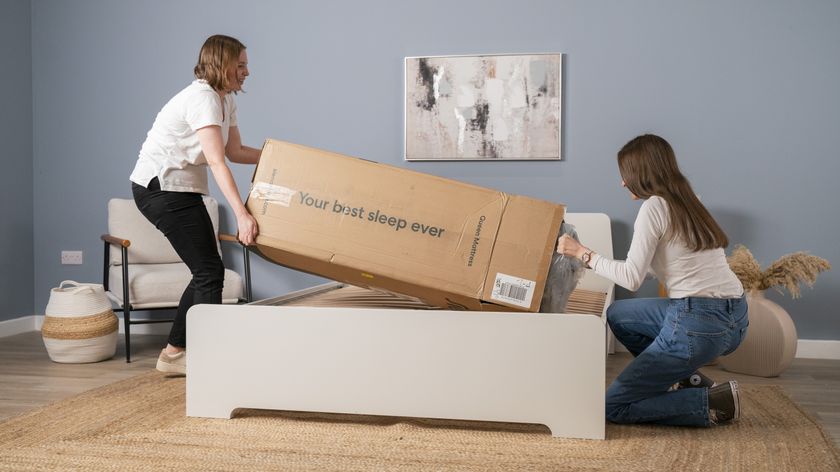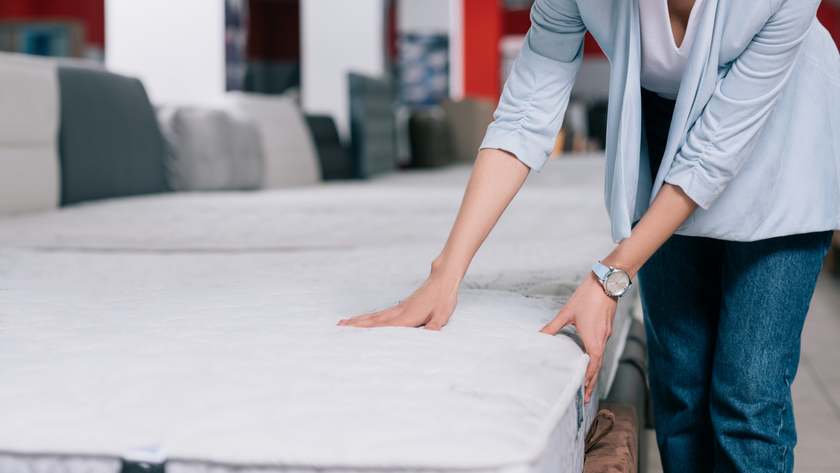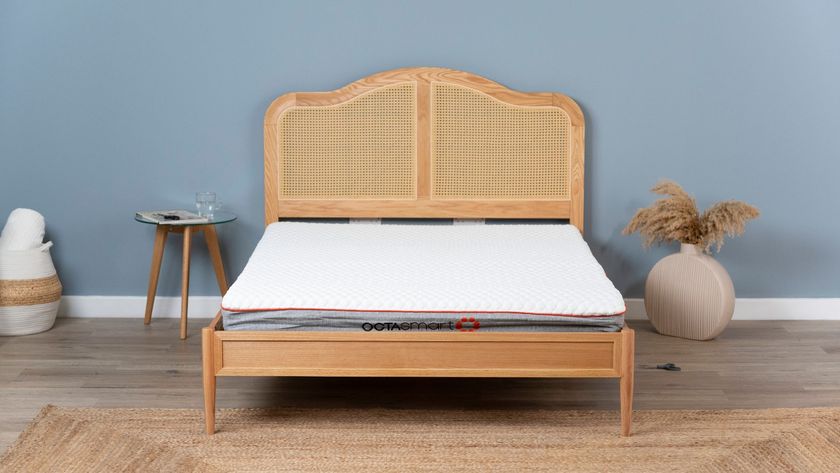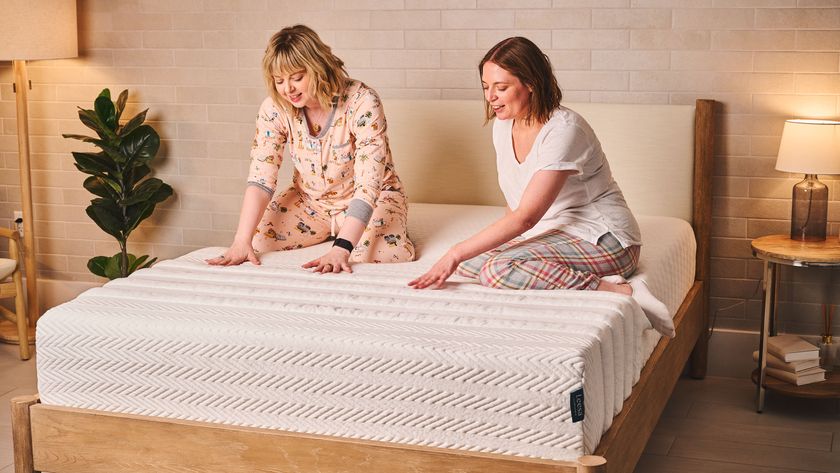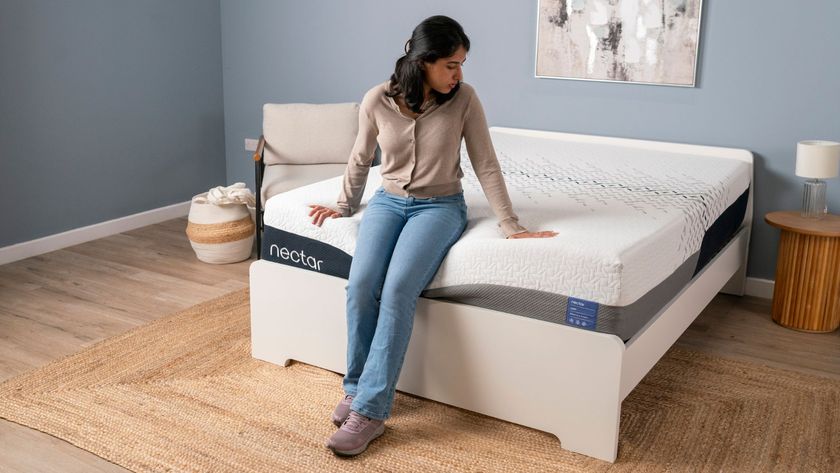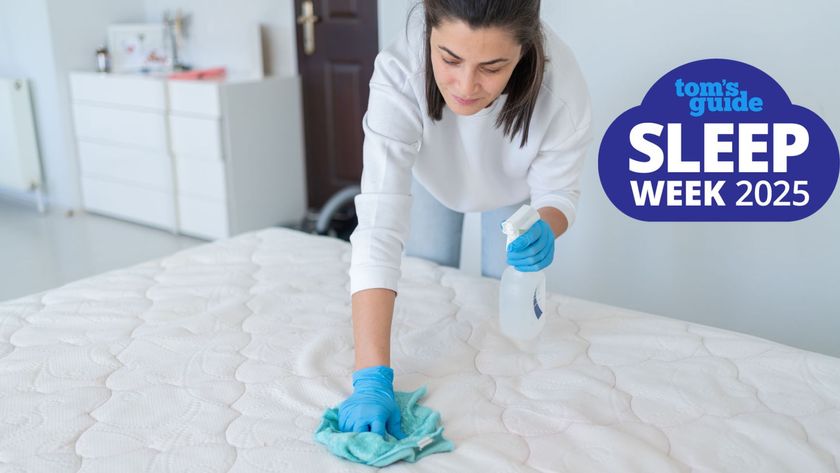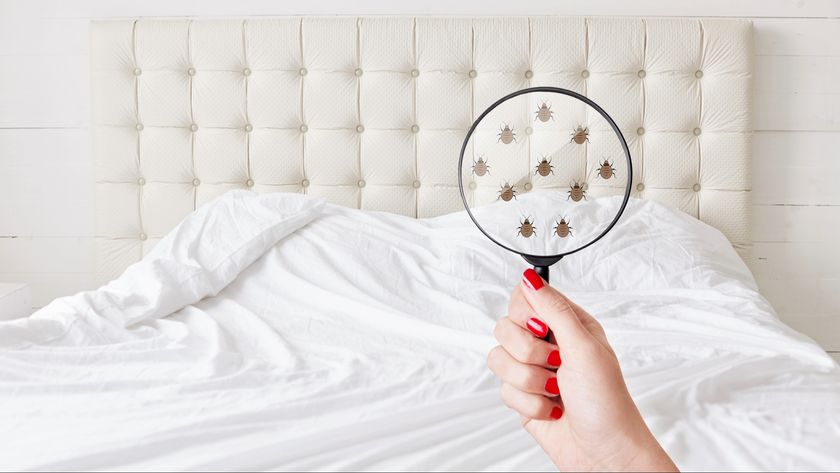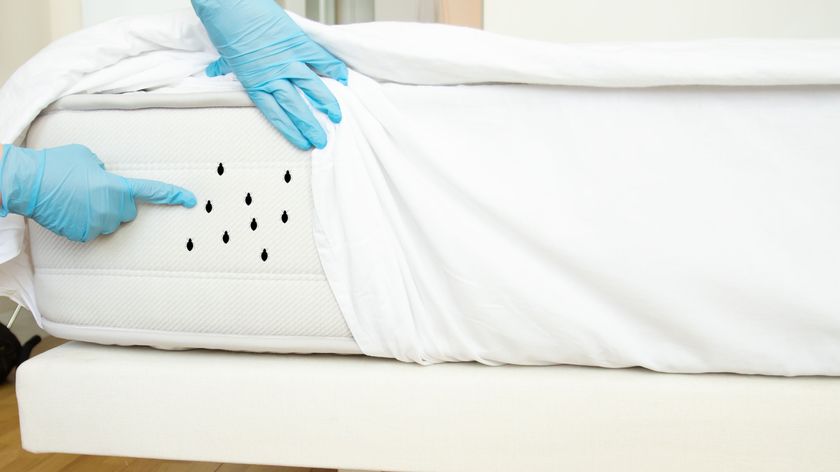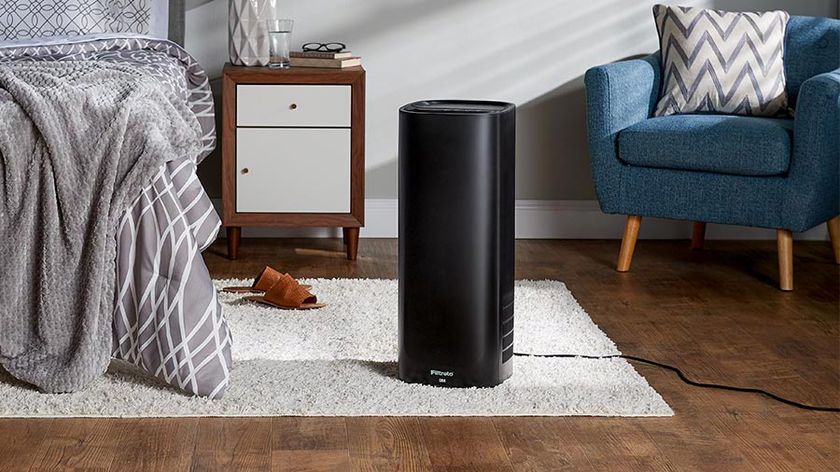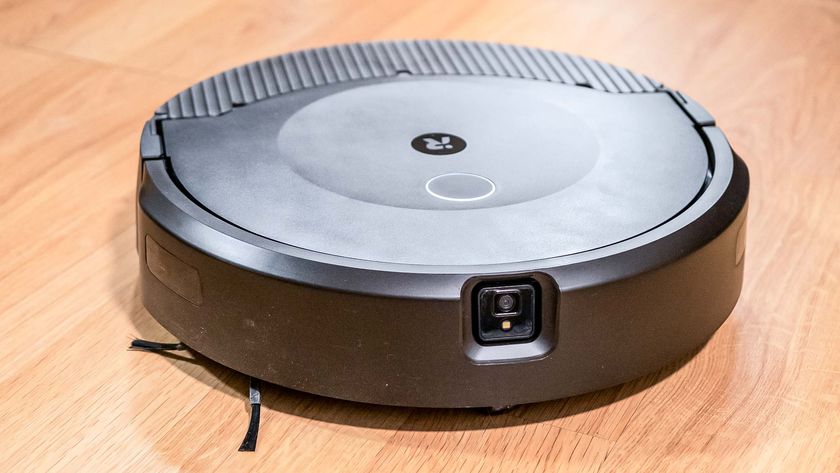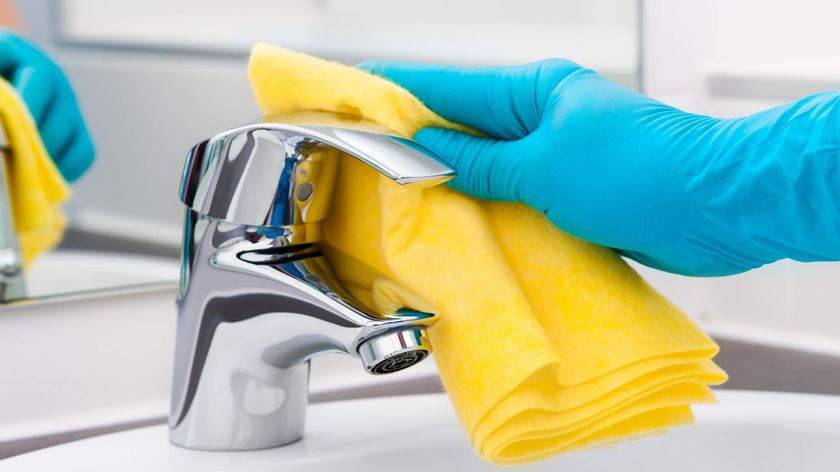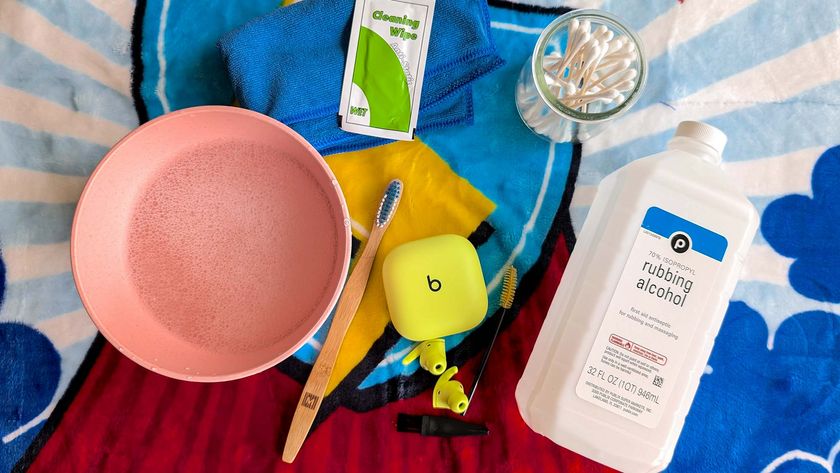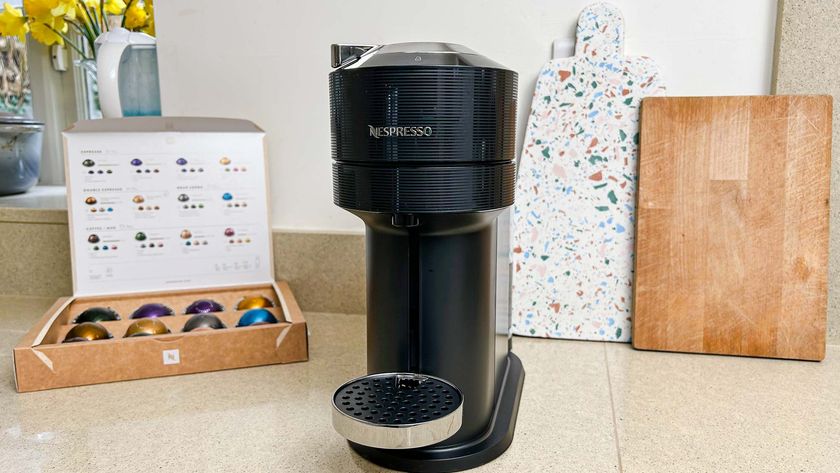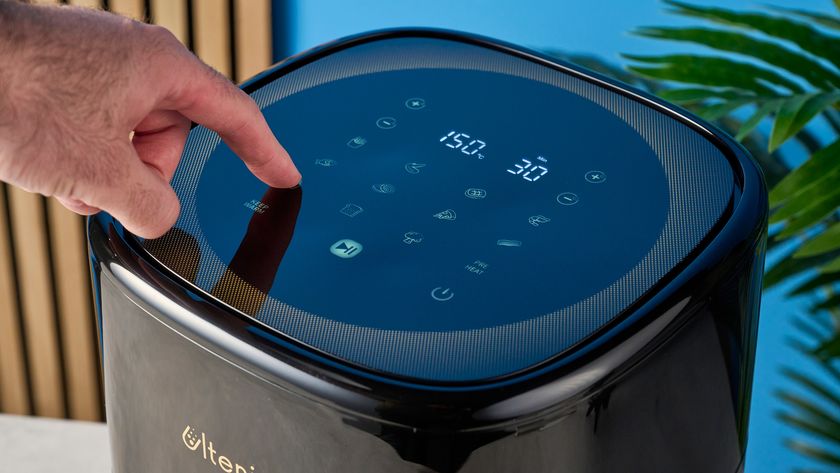5 quick tips to make an old mattress feel new again
Boost the comfort of your old mattress with these simple tips

For many of us, the New Year means resolutions, and improving our sleep is (and should be) a key priority. But if you’ve stretched your budget buying Christmas presents, a new mattress might not be a viable option right now.
Even the best mattresses will start to feel worn as they age. So, what’s the solution if your existing bed isn’t quite as comfortable as it used to be? We’ve put together some quick tips to help you boost the comfort of an older mattress, which should help you get a better night’s sleep.
Of course, if you do have the budget and want to invest in a new mattress, then it's worth checking out our guide to the best mattress sales this month. It's updated regularly and will point you in the direction of the best discounts on the mattresses we recommend. But for now, let's take a look at how you can spruce up your existing bed.
5 quick tips to make an old mattress feel new again
Before you shell out for a new mattress, try these quick tips to help make your bed a more comfortable place to be.
1. Add a mattress topper
A mattress topper is like a mini mattress – a thick layer of padding made from similar materials to mattresses, such as memory foam, latex, cooling gel, wool, fleece and even hybrid options (which combine coils with foam.)
The best mattress toppers will add support and comfort, giving you a smoother bed surface and helping to better support your body. Not only that, but you’ll get the added bonus of protecting your mattress and helping to lengthen its lifespan.
We would recommend a mattress topper that’s around three to four inches thick for older mattresses, any thinner and you’re unlikely to see any benefits. If you can’t afford a mattress topper you can try adding some extra padding by putting a blanket or comforter on top of your mattress and underneath your fitted sheet.
Sign up to get the BEST of Tom's Guide direct to your inbox.
Get instant access to breaking news, the hottest reviews, great deals and helpful tips.
2. Rotate your mattress
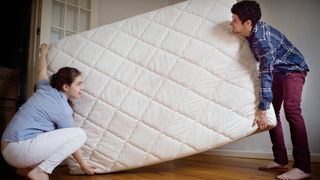
One of the simplest tricks when it comes to extending the lifespan of your mattress is to rotate it regularly. Without rotation your body weight will naturally cause the mattress to dip and sag at all the major pressure points (head, shoulders, back and hips.)
Rotating the mattress helps to keep the surface of your bed more even and reduces general wear and tear. We’d recommend rotating your mattress every three months but do check with the brand first to ensure you can rotate it (some mattresses have zoned support that means they have to be kept facing in one direction.)
Innerspring mattresses can also be flipped as their construction is the same on both sides, but most memory foam and hybrid mattresses can only be rotated.
3. Check your bed frame
With so much focus on the mattress itself, it’s easy to forget that the bed frame it sits on is equally important. Over time, frequent use can cause the fixtures and fittings of your bed frame to loosen, which can in turn cause your mattress to sag.
Tightening up your bed frame will help to instantly make your mattress feel firmer, as well as giving you more support. It’s also important to make sure that you’re using a suitable bed frame for your mattress – if you use a slatted frame for instance, you need to make sure that the slats are close enough together to offer adequate support. And remember that your bed frame will need replacing roughly every 10 years.
4. Check your mattress warranty
Most mattresses come with a mattress warranty, with the average period of coverage at 10 years. However, many mattress in a box brands offer longer, with some companies offering a lifetime warranty.
So before you spend any money on products to help improve the comfort of your bed, check whether your mattress is still covered by a warranty. Do be aware, however, that while most warranties cover sagging, brands do require enough sag for it to qualify as a problem in their eyes. Sagging needs to be causing structural problems to warrant a repair or replacement mattress.

5. Use a bunkie board
A bunkie board is a flat board, normally made of plywood or particle, that’s designed to sit between your bed frame and mattress for added support. They can also be used to cover the spaces of a slatted bed frame, when the slats are too far apart to adequately support the mattress.
A solid surface will help to distribute weight across the bed and prevent pressure building up in one area, which will lead to a more comfortable night’s sleep. You can usually pick up a queen bunkie board for under $100, which is considerably cheaper than a new mattress.
When should you replace your mattress?
Whilst the above are excellent ways to prolong the lifespan and comfort of your mattress, there are some circumstances where the only valid choice is a new bed.
Even the most expensive and well-made mattresses have a lifespan, with innerspring mattresses lasting for around 5-7 years, and hybrid and memory foam for around 10 years. The exception is latex mattresses, which can last as long as 25 years but if your mattress is over its allotted lifespan, it’s time to replace it.
You’ll also need to replace a mattress if you can feel springs poking out, there’s a rip or tear in it, or if it’s gone yellow or has signs of mould. Finally, if you’re waking up with aches and pains every day and you’ve ruled out any other causes, the chances are that your mattress is to blame. If you're still working to a budget, check out this year's guide to the best cheap mattresses to find the perfect option for you.

Jo Plumridge is an experienced mattress reviewer with several years' experience covering all things mattresses and sleep, and who tests memory foam, hybrid and organic mattresses. What Jo doesn't know about a boxed mattress isn't worth knowing, so naturally we tasked her with producing a series of features for Tom's Guide looking at all aspects of mattresses, from how to pick between latex and memory foam (it's a tricky one), to the seven mistakes people make when buying a mattress for the first time. When testing the DreamCloud Luxury Hybrid for Tom's Guide, Jo said: "I loved the back support and pressure relief it offered. Plus, it looks far more expensive than it is." When she isn’t writing about sleep, Jo also writes extensively on interior design, home products and photography.
